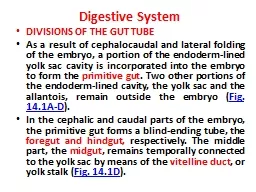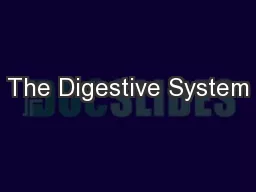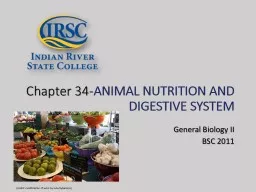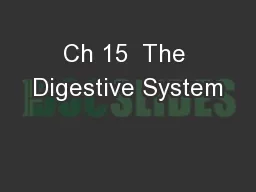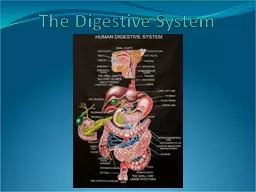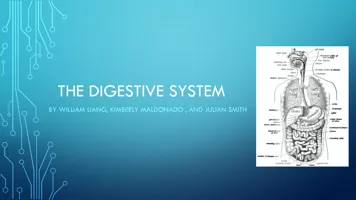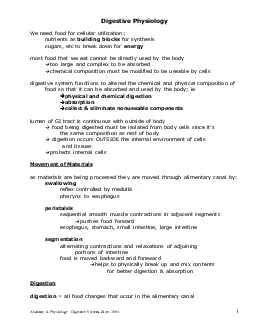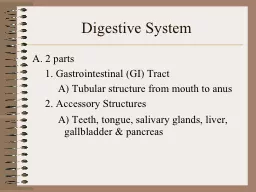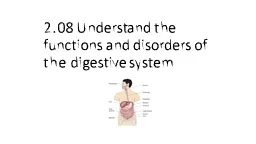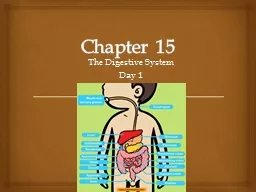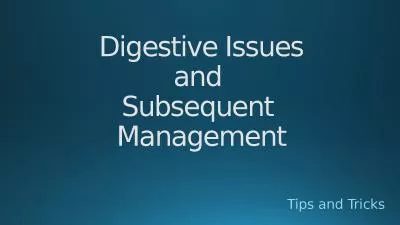PPT-Digestive System DIVISIONS OF THE GUT TUBE
Author : fluental | Published Date : 2020-06-15
As a result of cephalocaudal and lateral folding of the embryo a portion of the endodermlined yolk sac cavity is incorporated into the embryo to form the primitive
Presentation Embed Code
Download Presentation
Download Presentation The PPT/PDF document "Digestive System DIVISIONS OF THE GUT TU..." is the property of its rightful owner. Permission is granted to download and print the materials on this website for personal, non-commercial use only, and to display it on your personal computer provided you do not modify the materials and that you retain all copyright notices contained in the materials. By downloading content from our website, you accept the terms of this agreement.
Digestive System DIVISIONS OF THE GUT TUBE: Transcript
Download Rules Of Document
"Digestive System DIVISIONS OF THE GUT TUBE"The content belongs to its owner. You may download and print it for personal use, without modification, and keep all copyright notices. By downloading, you agree to these terms.
Related Documents

